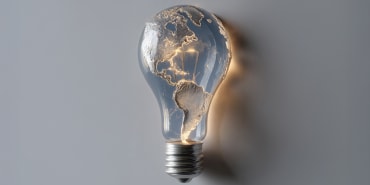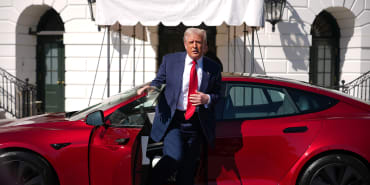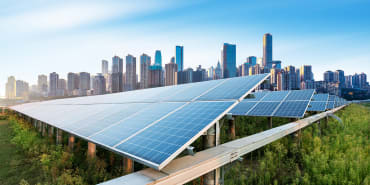Access to energy has long been at the heart of human development. For more than two centuries the bulk of this energy has come from burning fossil fuels. As economies have grown, so have emissions – since 1920, fossil fuel consumption has increased 12-fold1, and 73% of all global greenhouse gas emissions (GHGs) now arise from burning coal, oil and natural gas2.
The largest portion of these emissions comes from power stations, as they generate electricity for commercial and domestic use. Despite this, just 20% of today’s end-user energy consumption is based on electricity, with the large majority still coming from burning fossil fuels directly.
Between now and 2050 we believe we will move from 20% economy-wide electrification to 70%, as industries transition from fossil fuels to renewably-generated electricity
Advances in renewable electricity generation, batteries and heating technologies are changing this story.
Between now and 2050 we believe we will move from 20% economy-wide electrification to 70%, as industries transition from fossil fuels to renewably-generated electricity. In transport, road vehicles are switching to battery power and shipping may soon turn to a mix of low- and zero-carbon fuels that include ammonia produced with electricity. In heavy industries, direct electrification and zero-emissions hydrogen produced via electrolysis could take the place of oil and coal. And in buildings, electric heat pumps are already replacing gas boilers.




















share.